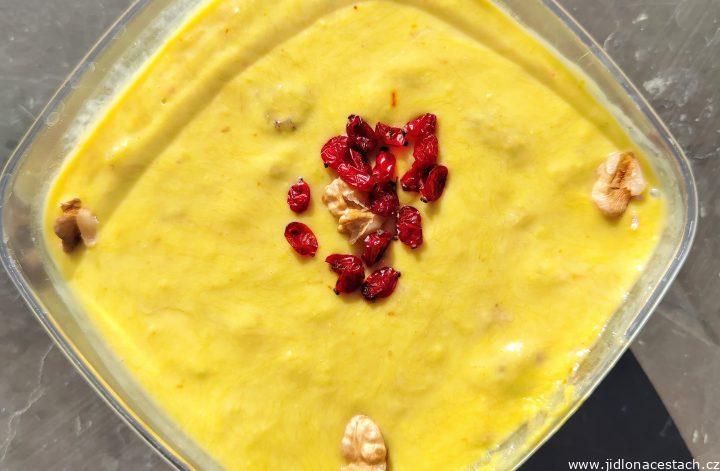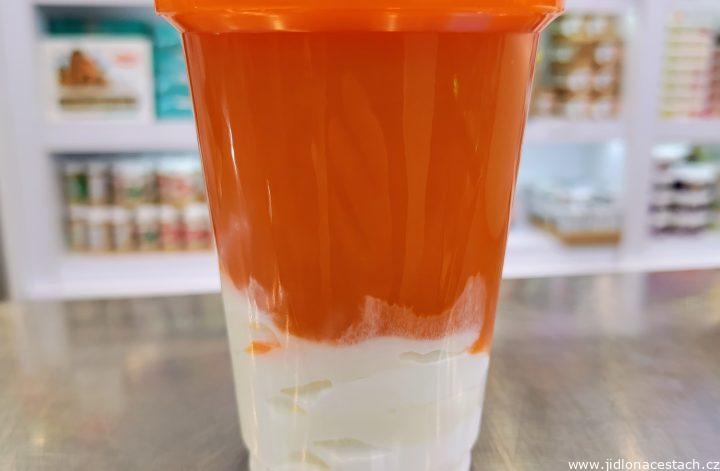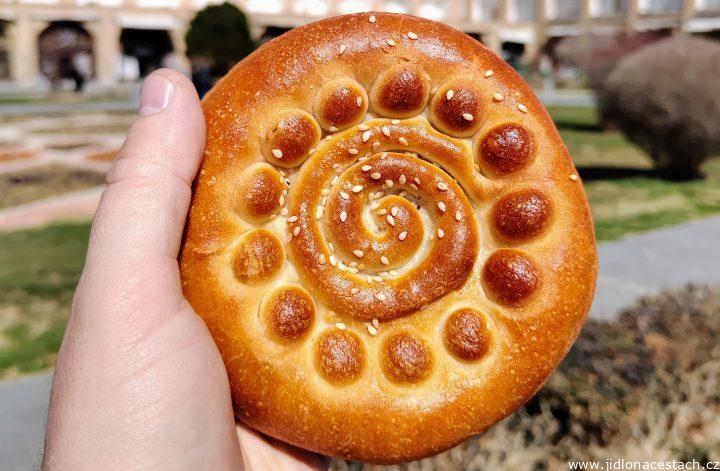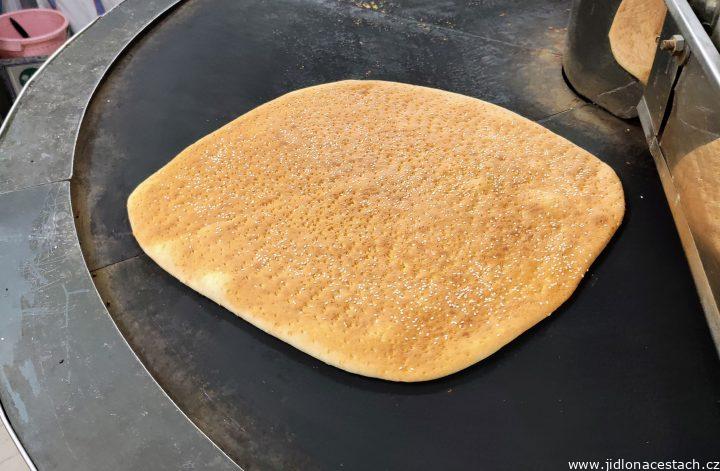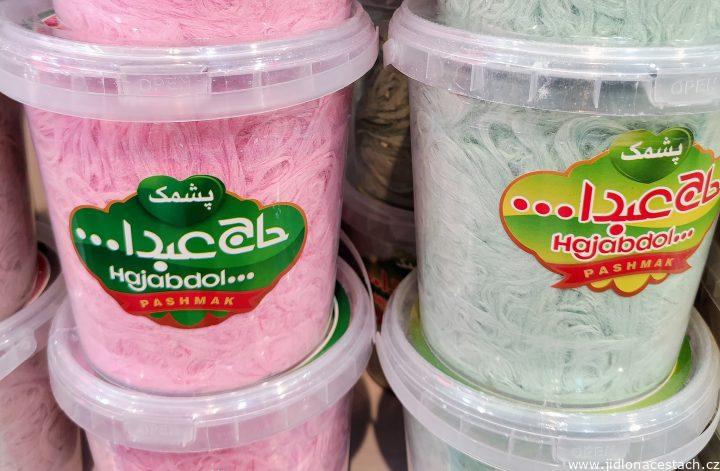Khoresh-e mast is a unique Iranian dessert from the city of Esfahan. It is made from lamb, thick yogurt, saffron, rose water, and sugar. The dessert is served cold, often garnished with walnuts and barberries. Despite containing meat, it tastes delicate and sweet, with a slightly stretchy texture. Khoresh-e mast is one of Esfahan's most famous regional specialties and, due to its use of meat, one of the most unusual desserts in the world.
Sweets | Page 2 of 9
Havij Bastani: Carrot Juice with Ice Cream
Havij bastani is a traditional Iranian delicacy that combines fresh carrot juice and creamy ice cream. The taste of havij bastani is exceptionally sweet, fresh, and creamy at the same time. This drink is especially popular in Iran during the summer months. Although the combination of carrot juice and creamy ice cream may seem unusual, the flavor is absolutely harmonious.
Koloocheh Fuman: A Typical Iranian Regional Pastry
Koloocheh Fuman is a typical Iranian pastry originating from the city of Fuman in the Gilan province. This round pastry, with a diameter of 10–15 cm, features characteristic spiral patterns on its surface, imprinted by hand or using molds. Koloocheh Fuman is one of the most renowned regional specialties of Iran. Its filling reminds me of Czech spa wafers.
Kek-e Yazdi: A Traditional Cupcake From Iranian Yazd
Kek-e Yazdi is a traditional cupcake from the Iranian city of Yazd. It has a fluffy texture and a strong aroma of cardamom. This sweet treat, resembling a small muffin, is one of the oldest and most famous recipes in Persian pastry-making, which frequently incorporates aromatic ingredients such as rose water and ground cardamom.
Halva Zard: Iranian Sweet Saffron Pudding
Halva zard is a traditional sweet saffron pudding from Iran. It is a specialty of Shiraz and its surroundings. This dessert, which translates to "yellow halva," is notable for its golden color, smooth texture, and strong saffron aroma. It is made from rice flour, sugar, water, and saffron, resulting in a creamy pudding often garnished with pistachios, almonds, or cinnamon.
Kolompeh: A Traditional Iranian Cookie Filled With Dates
Kolompeh is a traditional Iranian sweet originating from the Kerman province. It is a delicate cookie filled with smooth date paste. The cookie typically has a round shape, and its surface is decorated with a stamp before baking, creating decorative patterns and ensuring even distribution of the filling. Kolompeh is a popular treat in Iran, often enjoyed with tea or coffee.
Nan Panjereh: A Delicate Iranian Treat
Nan panjereh, literally "window bread," is a traditional Iranian dessert prepared especially for festive occasions. Its characteristic appearance, with decorative patterns resembling windows, is achieved using a special metal mold during frying. The molds used for nan panjereh are often passed down as family treasures.
Sohan: A Traditional Iranian Caramel
Sohan is a traditional Iranian sweet based on caramel. It originates from the city of Qom. Sohan is crunchy, with a rich flavor of saffron, pistachios, and cardamom. It is traditionally sold in decorative tins, making it a perfect culinary souvenir.
Nan-e Ghandi: Persian Sweet Bread
Nan-e ghandi, known as Persian sweet bread, is a traditional Iranian pastry with a soft, fluffy texture and a sweet taste. The name comes from the Persian words "nan" (bread) and "ghand" (sugar), which reflect its main characteristic. Nan-e ghandi is a symbol of hospitality, served with tea or coffee at family and social gatherings.
Pashmak: Iranian Cotton Candy
Pashmak is a traditional Iranian confection with a fluffy, fibrous texture resembling cotton candy. Its name in Persian means "small wool." The delicate sugar fibers of pashmak are created through a labor-intensive process of stretching and pulling a mixture of sugar syrup, flour, and sesame oil. Pashmak originates from the city of Yazd, known for its confectionery production.
